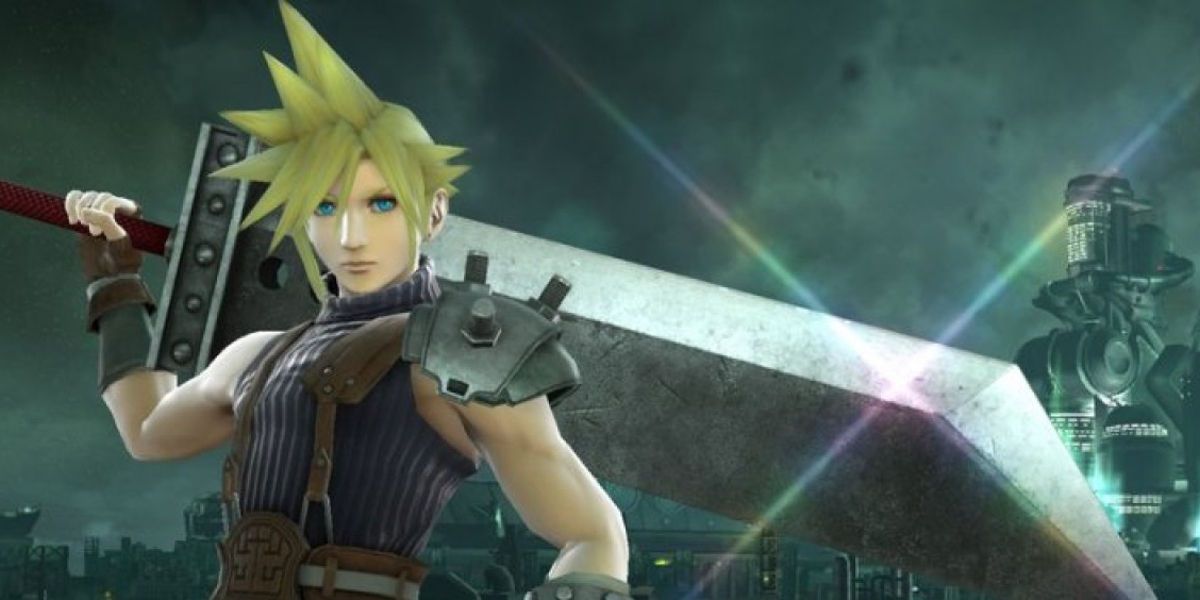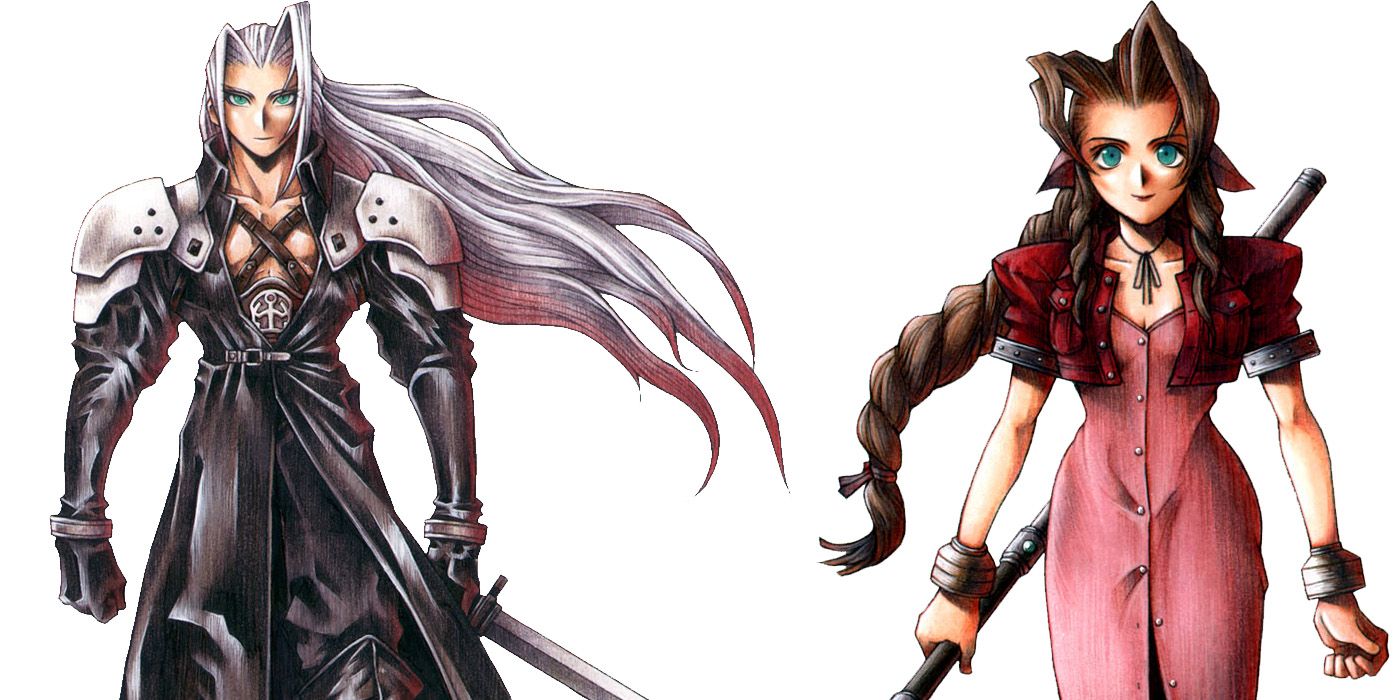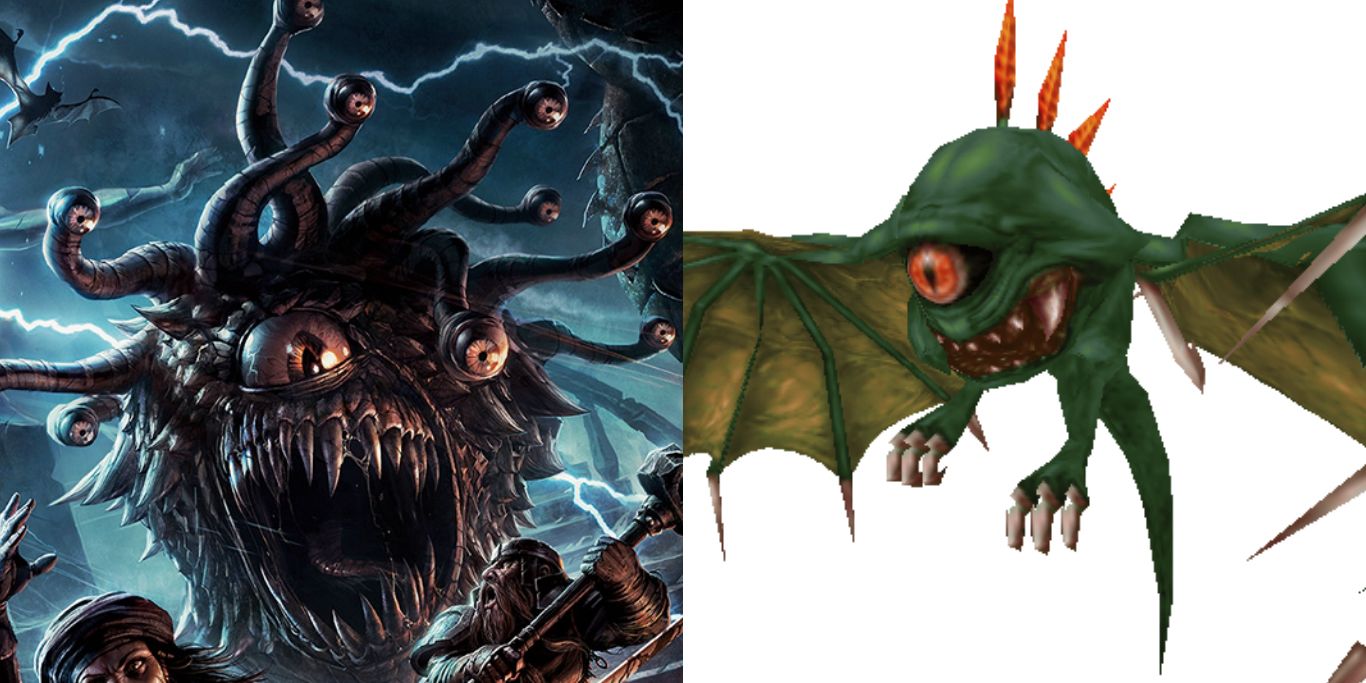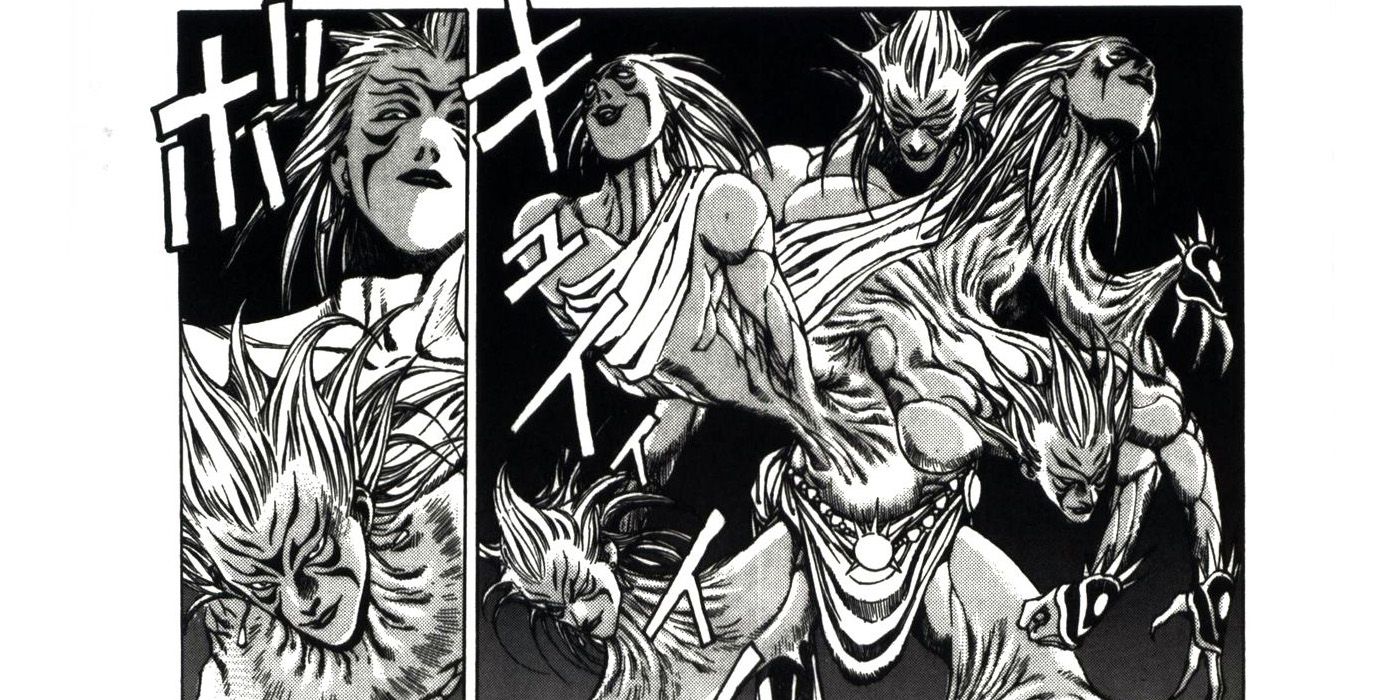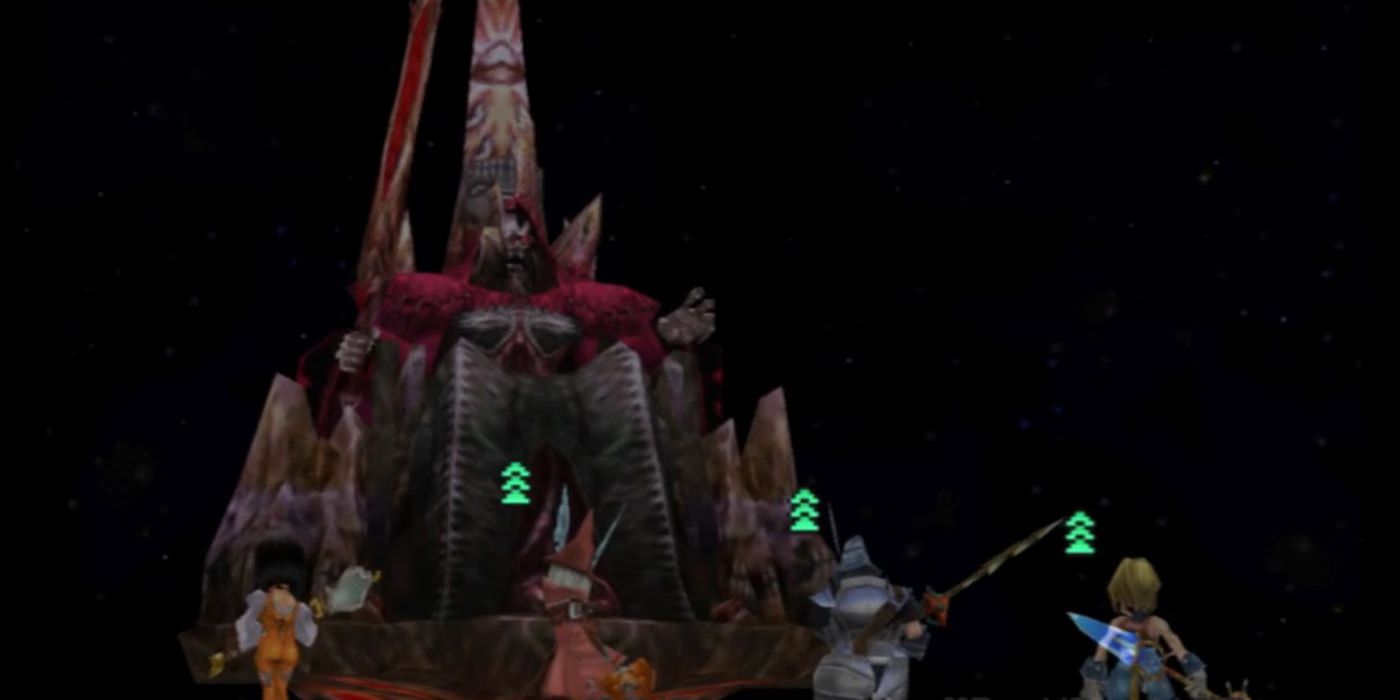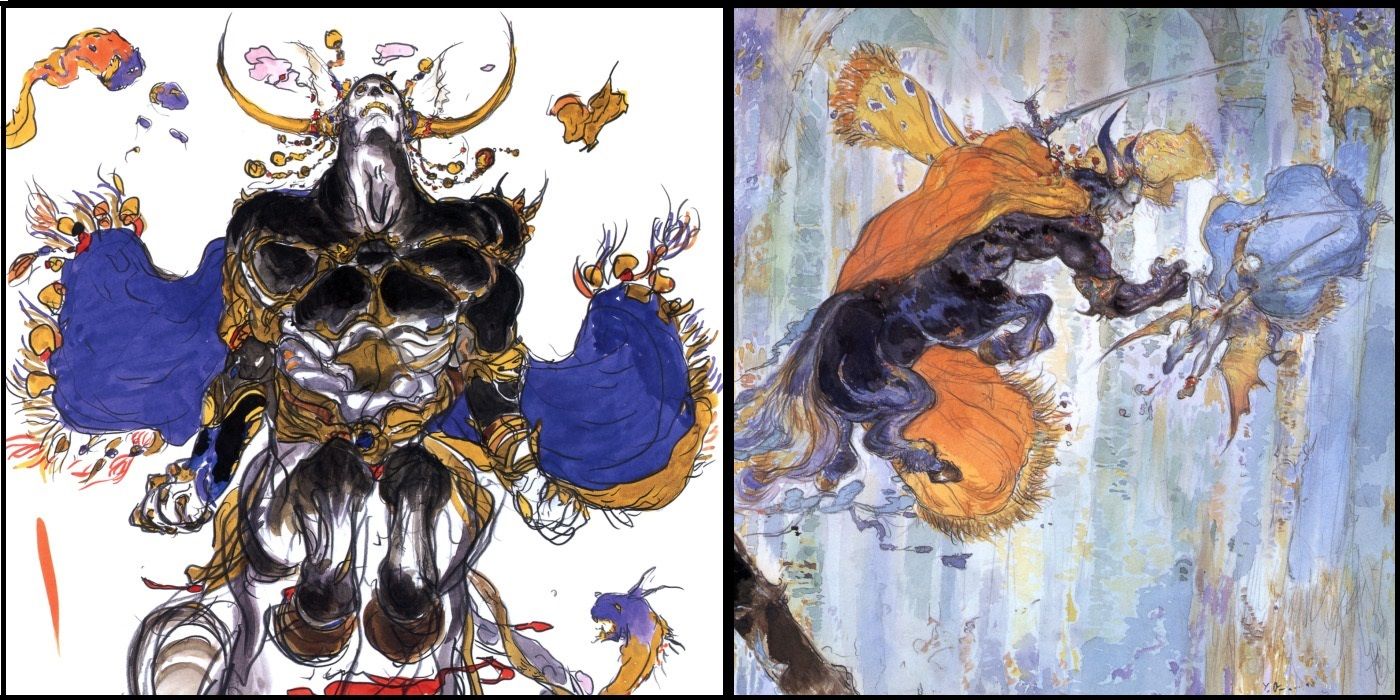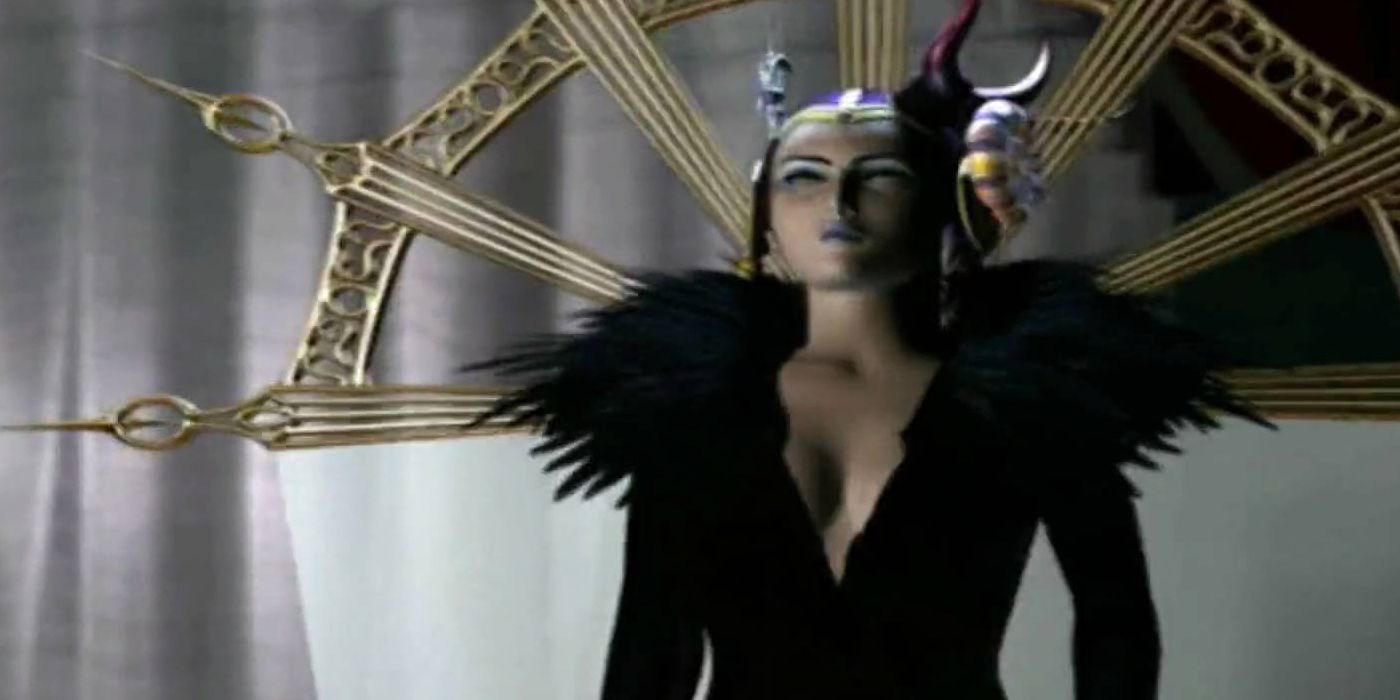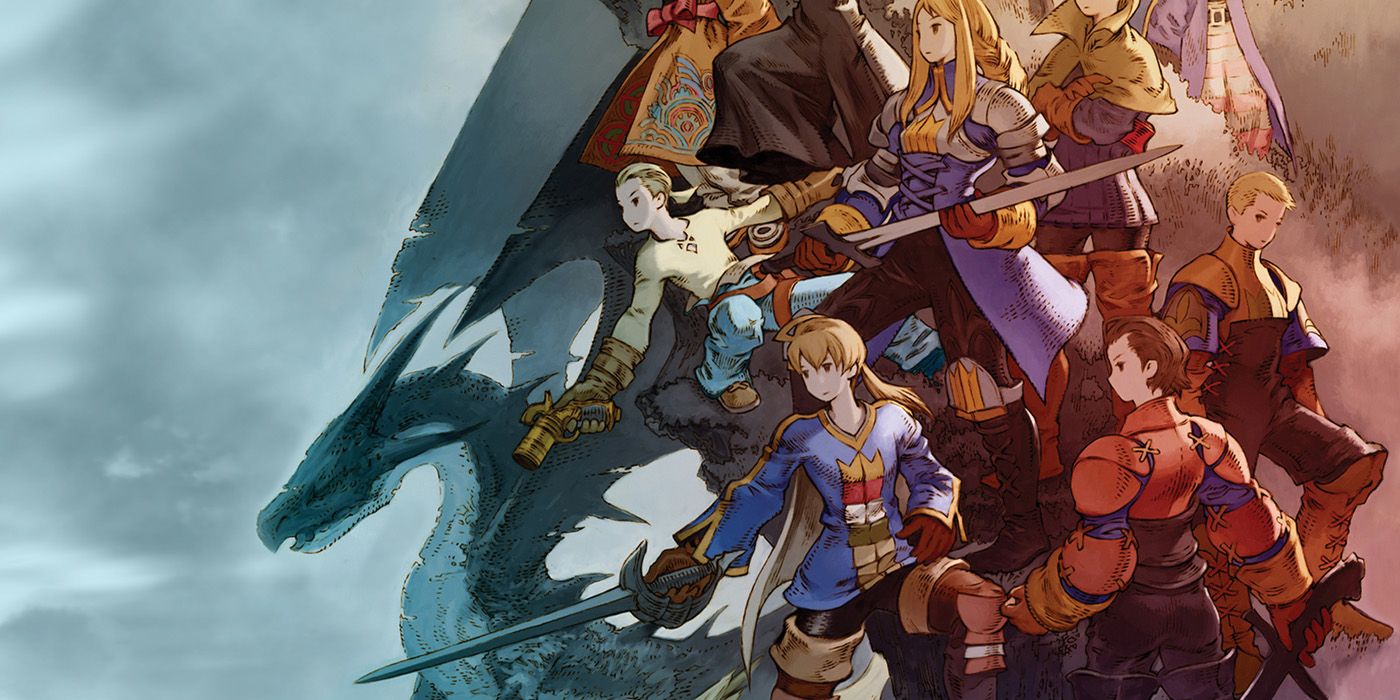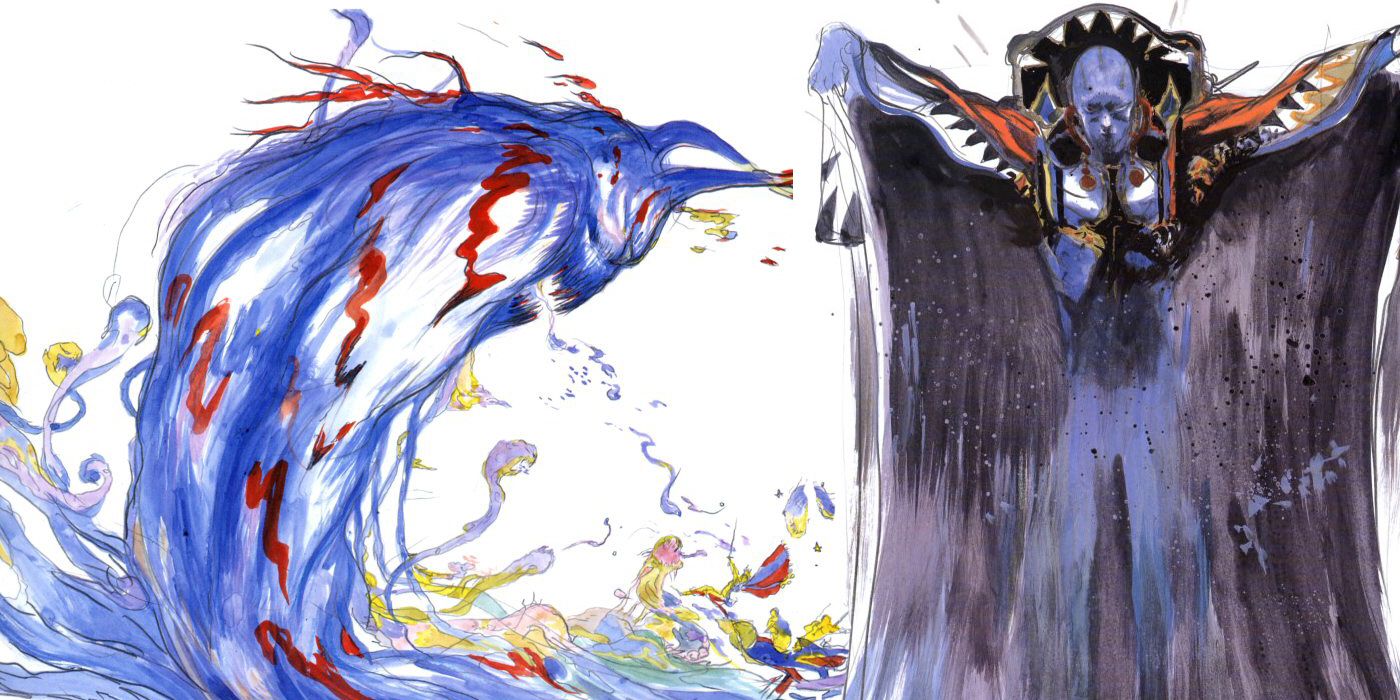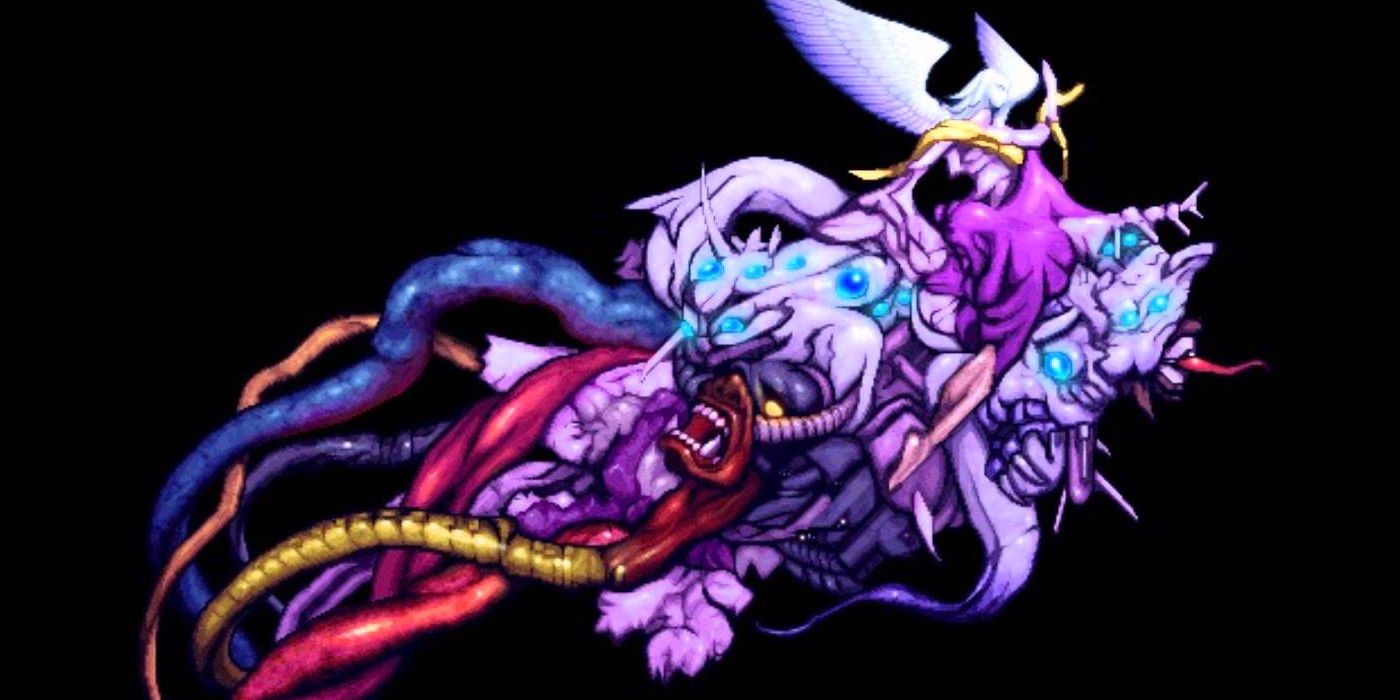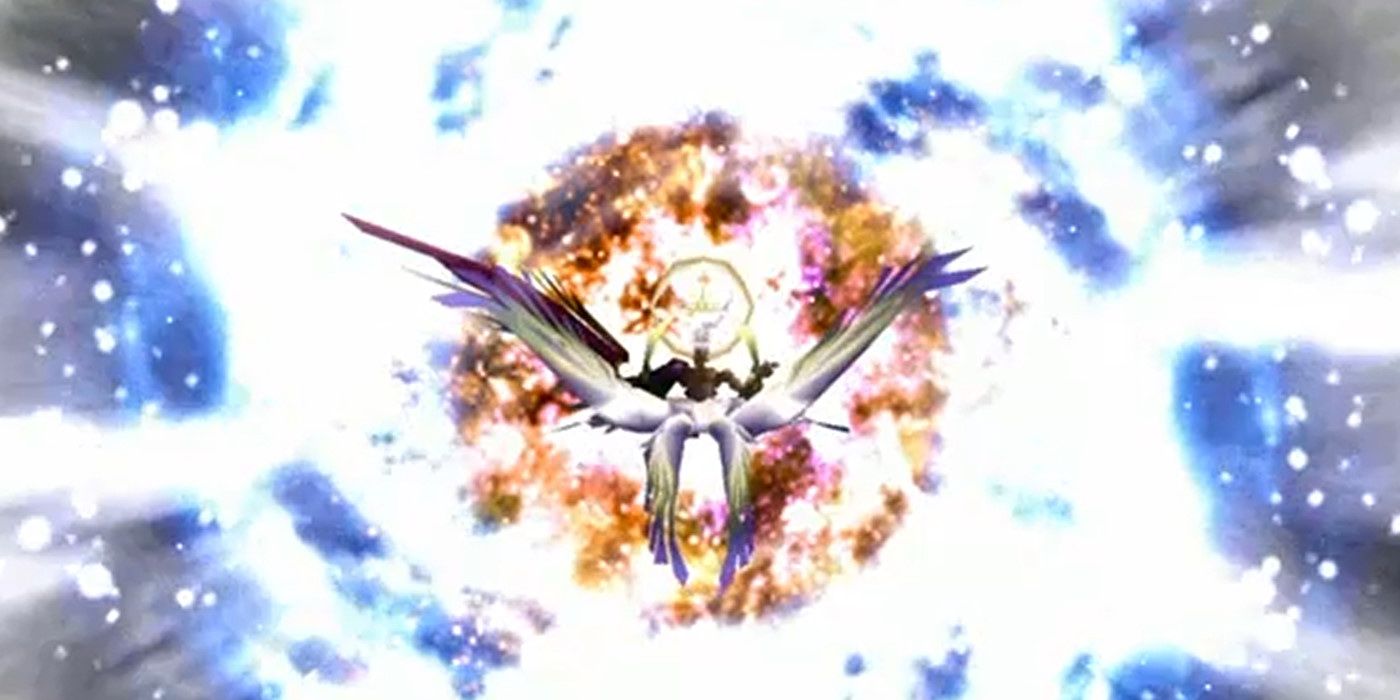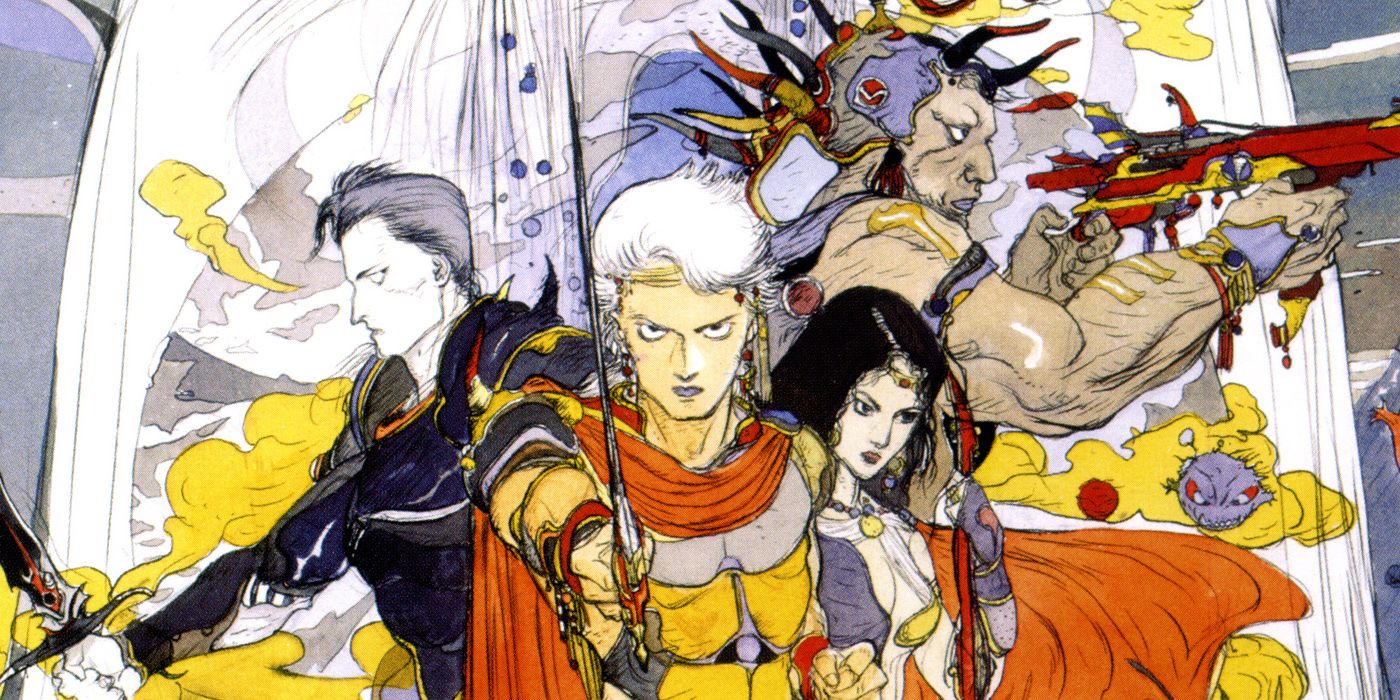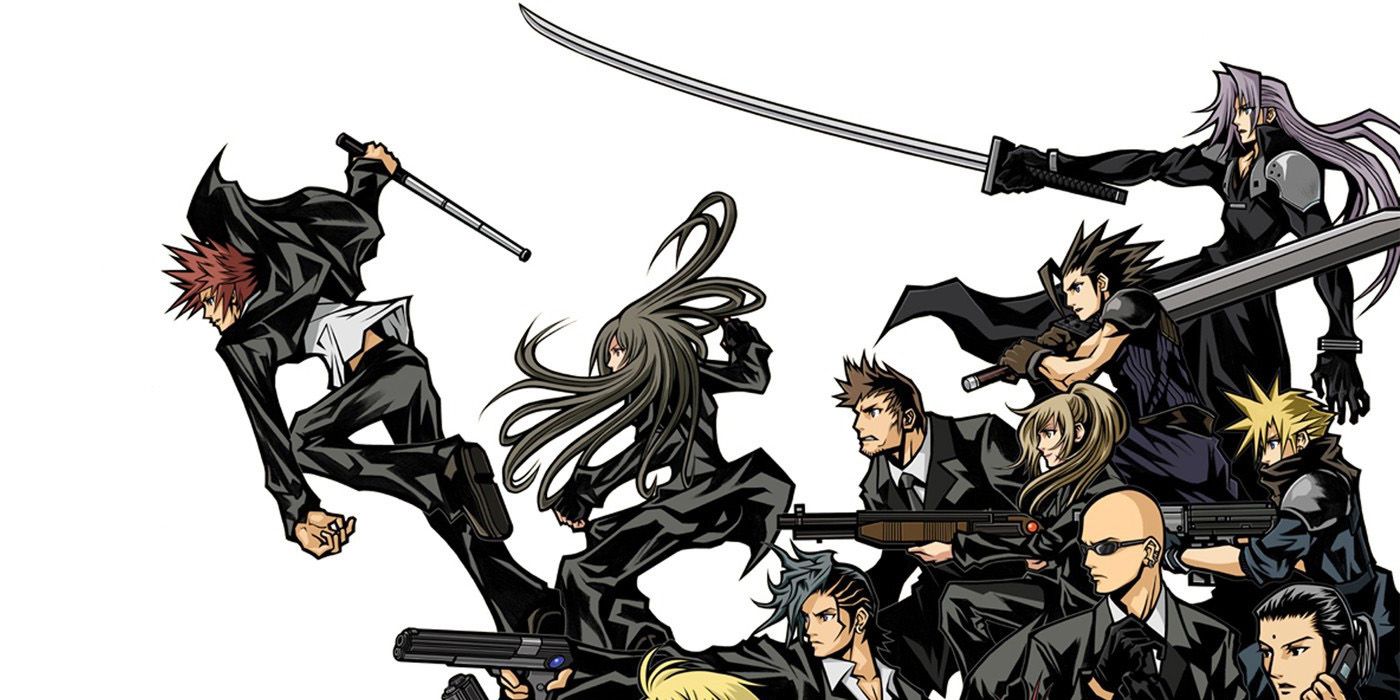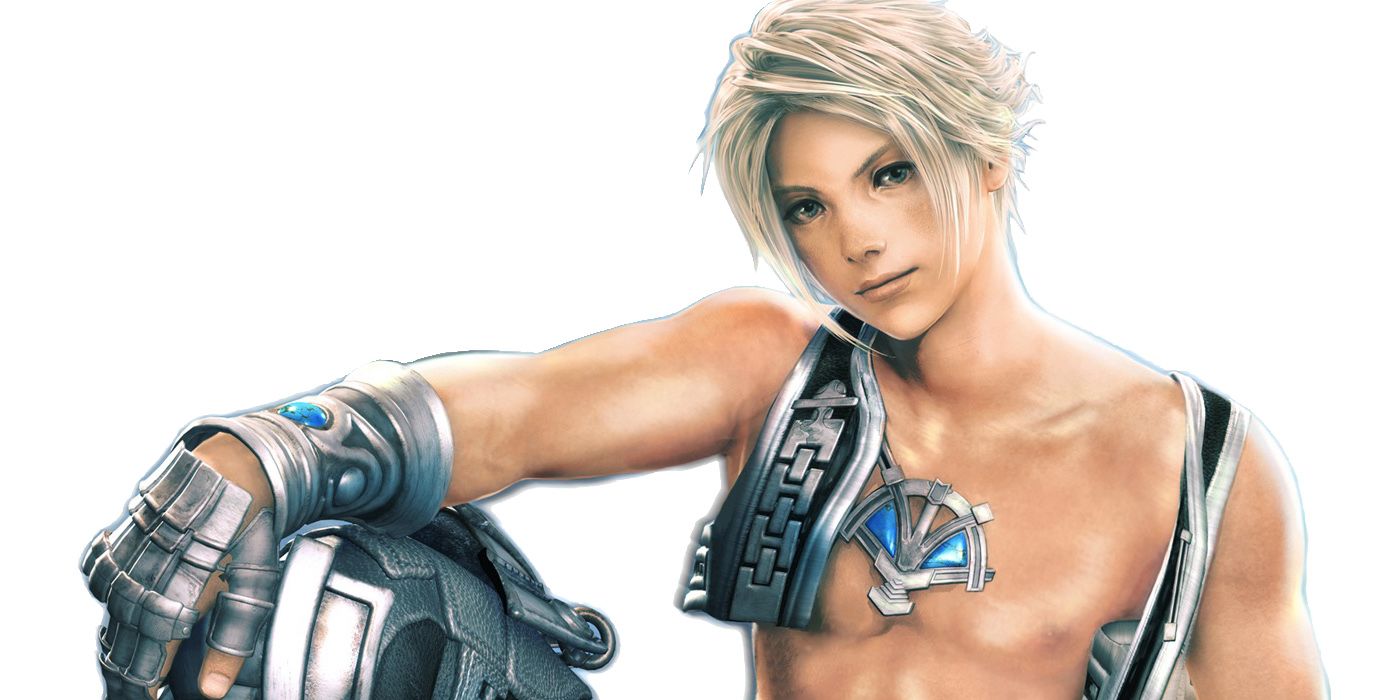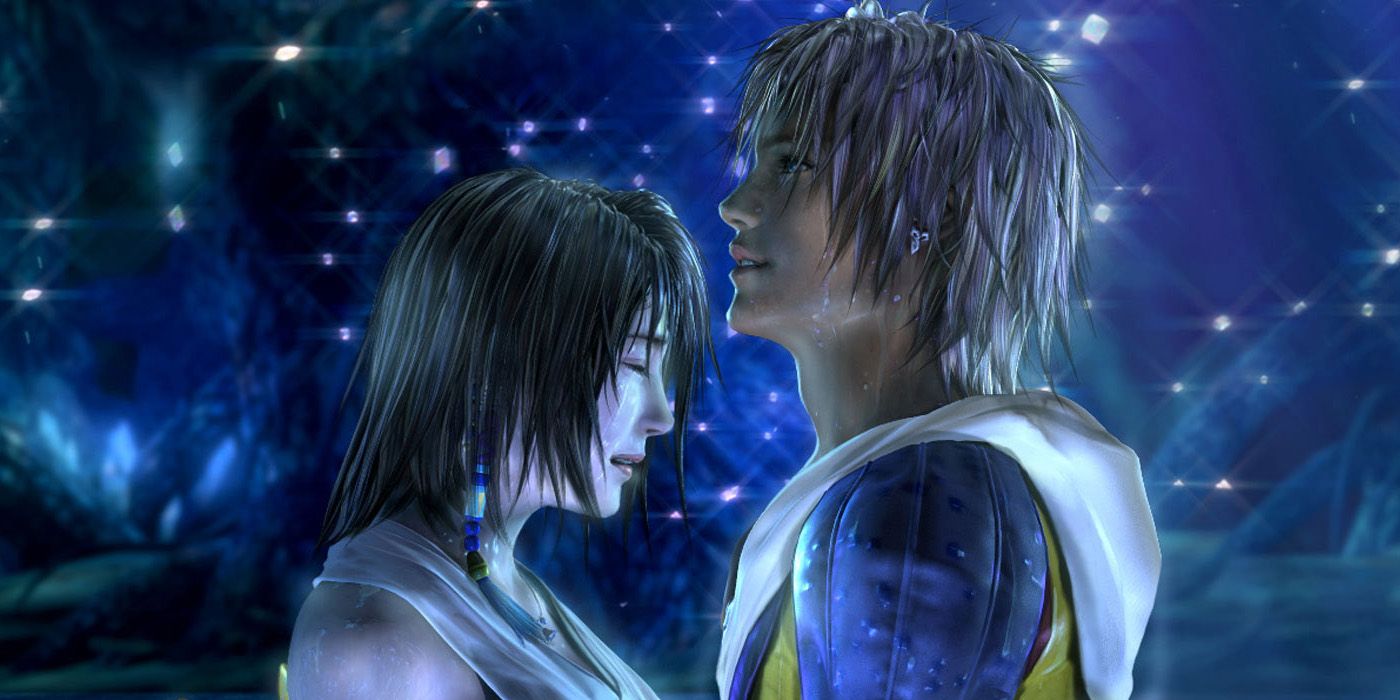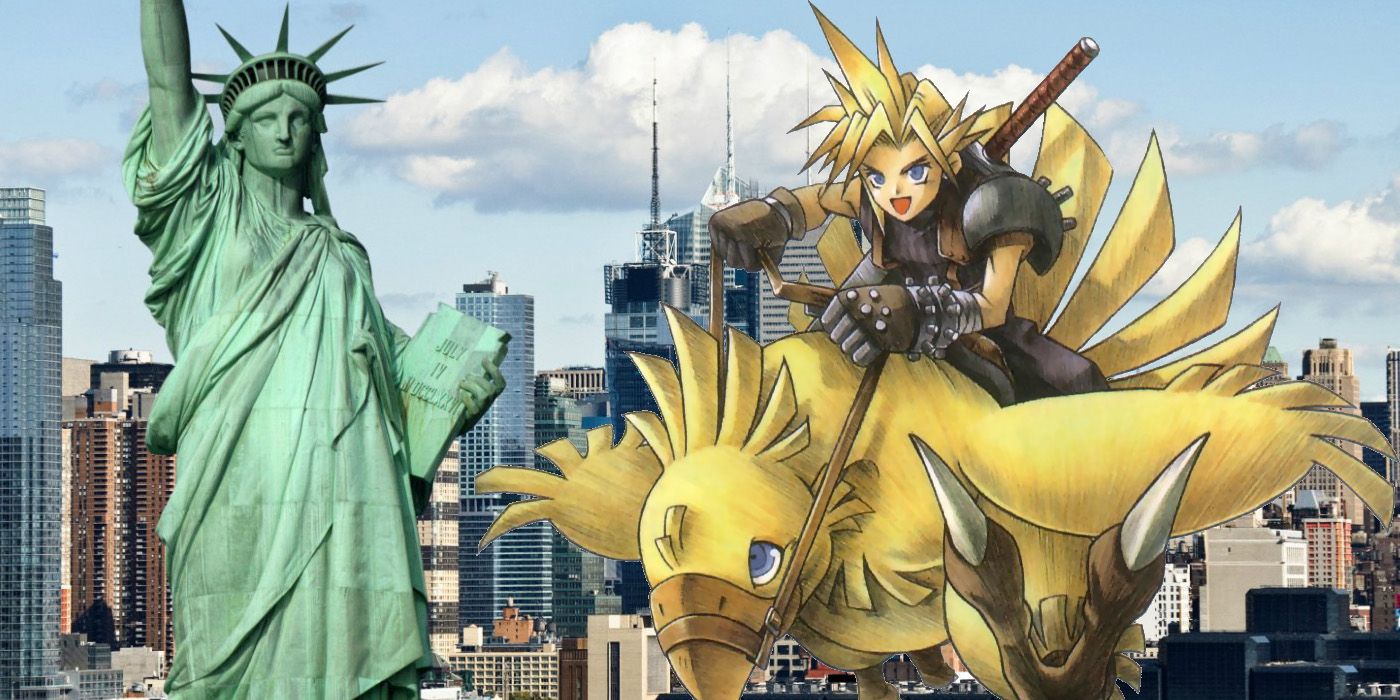The Final Fantasy series has the most interesting backstory in all of video game history. The original Final Fantasy was a buggy, technically deficient mess of a game, released on the Nintendo Entertainment System in 1987. Despite its issues, fans appreciated the game's epic scope and ambition. This led to the creation of one of the greatest gaming franchises of all time, and the love continues to the present day, with the latest game in the series due to be released in November on the PlayStation 4 and Xbox One.
Final Fantasy has over thirty years of history with numerous games, spin-offs, and adaptations. In that time, the series has run into controversy over its content, faced numerous forms of censorship, and had important elements cut from the games. The story of what happens behind the scenes with these games is sometimes more interesting than the fantasy epic that appears on your television screen.
With so much history to uncover, we are here today to talk about the interesting facts that even the die-hard fans of the series likely do not know about. From Aerith & Sephiroth's bizarre relationship, to Final Fantasy VII almost being a hard-boiled detective drama. Here are the 15 Things You Didn't Know About Final Fantasy.
15. The Bizarre Relationship Between Aerith And Sephiroth
When the name Aerith (or, as she was originally known, Aeris) is brought up, most people think of her untimely death during the events of Final Fantasy VII. After travelling to the Forgotten Capitol, Aerith attempts to use the power of the White Materia in order to stop Sephiroth's plan of destroying the world. Just as Cloud & his friends arrive, a Jenova clone of Sephiroth descends from on high, and stabs Aerith with his sword.
In earlier concepts for the game, the relationship between the two characters was changed many times. Originally, they were intended to be brother and sister. Evidence of this can be seen in the similar design of both character's hair. In story terms, this would likely have meant that Professor Hojo would have been Aerith's father in the original version of the game, instead of Professor Gast.
The relationship between the two was then changed to the two of them being former lovers. It was intended that Sephiroth would have been Aerith's first true love. The act of killing her would have represented Sephiroth finally cutting the remaining ties to his humanity. Aerith's first love was changed to Zack Fair, a character who was added much later in development.
14. An Enemy Had To Be Changed To Stop A Potential Dungeons & Dragons Lawsuit
Like a lot of early video game RPGs, Final Fantasy owes its existence to the presence of tabletop games like Dungeons & Dragons.
In the original Final Fantasy, we can see many elements of tabletop RPGs: a party of four characters, with classes that mirror the classic four D&D archetypes (the Fighter, Thief, Cleric, and Mage); the presence of Bahamut and Tiamat in the game, who were also popular creatures in Dungeons & Dragons. Final Fantasy also used the "Vancian" system of magic (named after the fantasy author Jack Vance), where spell-casters had limited use of each spell, before they needed to rest.
One element of Final Fantasy was a little too close to Dungeons & Dragons, however, and needed to be changed.
The Evil Eye monster originally resembled a creature known as the Beholder. Most monsters in Dungeons & Dragons are public domain (Goblins, Dragons, Vampires, etc). There are two major exceptions to this, however: the Mind Flayer (a squid-headed wizard), and the Beholder (a floating monster with numerous eye stalks). Both the Beholder and the Mind Flayer are copyrighted designs, and the Evil Eye needed to be changed for the American release of Final Fantasy.
13. Final Fantasy III Has A Manga Adaptation Filled With Nudity, Gore, and Body Horror
Until the release of Final Fantasy VII, the numbering of the series was different outside of Japan. This is because several of the games were not released in the west until much later. The original Final Fantasy was the same in both regions, but Final Fantasy II & III on the NES did not leave Japan. When Final Fantasy IV was released in America, it was renamed to Final Fantasy II. When Final Fantasy V was not released in the west and VI was, Final Fantasy VI was changed to Final Fantasy III. Squaresoft abandoned this confusing numbering scheme when Final Fantasy VII received its worldwide release in 1997.
The last Japan-exclusive Final Fantasy to be released in the west was Final Fantasy III, though the game finally had an official English language release when it was remade on the Nintendo DS in 2006. An unofficial English translation of the original game had been created long before this, however, so fans could always enjoy Final Fantasy III with a few Google searches.
Final Fantasy III is one of the few games in the series to ever receive an official manga adaptation. Yūkyū no Kaze Densetsu: Final Fantasy III Yori was a 1991 manga series, that loosely followed the events of the game. Due to not being held to Nintendo's strict censorship guidelines, the manga has a lot more adult content. These include scenes of (NSFW) nudity, violence, body horror, and more nudity.
12. The Original End Boss Of Final Fantasy IX Was Meant To Be Hades
Final Fantasy IX is one of the most beloved games in the series. Despite this, even the most die-hard fans of the game will struggle to defend the end boss - Necron.
Throughout the game, Final Fantasy IX's main antagonist is Kuja. The initial villain is Queen Brahne, but it is revealed that Kuja is manipulating her behind the scenes. Kuja has no problems using the Eidolons (summon monsters) outside of battle, and will order them to attack cities if need be.
When you reach the final battle of the game, you have to face Kuja for the last time. As the battle goes on, he slowly starts losing control. He will enter his limit break form, and become the mighty "Trance Kuja", whose magical power is increased to deadly new levels. It seems like this is the final battle of the game...
...Nope, some other monster named Necron shows up to be the final boss instead. He is never mentioned before the battle, or in the ending. His presence in the game is a total mystery.
This was not always meant to be the case, however, as concept art shows that the original end boss was meant to be Hades, the Lord of the Underworld. The final boss arena actually maintains some of his unique design (the blinking eyes that appear on the walls, also appear on Hades' sword). Hades does actually appear in the game, but as an optional "superboss". The reason for this change has never been explained.
11. The Final Boss Of Final Fantasy V Was Almost A Centaur
When choosing what the villain of your fantasy game is going to be, you have a lot of options. There are things like Dragons, Demons, and Wizards, just to name a few.
The creators of Final Fantasy V decided that their end boss should be a tree... an evil tree!
Exdeath was created from the combined souls of slain monsters. When the evil Warlock Enuo was defeated, his soul was sealed inside a great tree, alongside the souls of his servants. Over time, the souls combined into a new creature named Exdeath, who managed to break free from the tree, and enact a plan to destroy all of reality. When you fight Exdeath at the end of the game, his first form is a giant evil tree floating in space.
This was not always meant to be Exdeath's design. According to concept art of the game, Exdeath was originally meant to be a Centaur monster. The reason for this change has never been revealed, but one possible explanation may have been due to the difficulty in creating a long-bodied overworld sprite on SNES hardware.
10. Edea Was Almost In Final Fantasy VII
The developer of the Final Fantasy series is a company called Square-Enix (formerly two companies, Square and Enix). They are one of the biggest game developers in the world, and have numerous projects being worked on at the same time. This dates back to the 1990s, when Final Fantasy VII was being developed at the same time as the SNES games in the series.
Due to the odd chronology of game development, ideas from later games can make cameos in earlier instalments. The Fiend boss from Final Fantasy VI was originally named Sephiroth in its concept art. The Eden Guardian Force from Final Fantasy VIII is named Bartandalus in the game's files (which is also the name of the antagonist of Final Fantasy XIII), and a monster from Final Fantasy V bears more than a passing resemblance to Aerith.
This was almost the case with Edea Kramer, the initial antagonist of Final Fantasy VIII. She was designed by Tetsuya Nomura, and was intended to be a character known as the "Witch". The Witch was going to be one of the villains of Final Fantasy VII. Nomura liked the design so much, that he put it aside so it could be used more prominently in the next game in the series.
9. Final Fantasy Tactics Was Almost An Entirely Different Game
Final Fantasy Tactics is often considered the greatest of the Final Fantasy spin-offs. Despite being overshadowed during its initial release (due to it coming out after the genre-defining Final Fantasy VII), the game has gone on achieve cult status as one of the most beloved games on the original PlayStation.
The world of Final Fantasy Tactics is like a high-fantasy version of Game of Thrones. You play as Ramza Beoulve, the youngest son of a prominent noble family. Ramza is dragged into fighting an unjust war, one that is being manipulated behind the scenes by greed-filled kings, and powerful demons. Ramza must choose between loyalty to his family and their cause, and doing the right thing.
Final Fantasy Tactics was almost a very different game. There existed a Japan-exclusive RPG on the Super Nintendo called Bahamut Lagoon, where you controlled a team of characters that fought alongside powerful dragons. Bahamut Lagoon was set on a series of floating islands, with only an abyss beyond them. During development of Bahamut Lagoon, the game was originally called Final Fantasy Tactics.
8. The Two Different Versions of Zeromus
When Final Fantasy IV was released in America, it had its name changed to Final Fantasy II. That wasn't the only thing that was changed, however, as the game would have its content cut to shreds. The perception at the time was that American gamers just didn't "get" Japanese RPGs. Squaresoft decided that they should make Final Fantasy IV a lot easier for its western release. A lot of the the main character's special abilities were removed, many enemies & boss battles were toned down, and the game had all of its religious content censored.
This version of the game would actually be released in Japan. It was called Final Fantasy IV: Easy Type, and it contained all of the cuts from the American version that made the game easier. The game also contained one other major change that fans would not discover until the end of the game.
The end boss of Final Fantasy IV is Zeromus, whose appearance is... hard to describe. In the Easy Type version, Zeromus was changed into a Skeleton & Centaur hybrid, with a semi-naked woman glued to its groin area. This alternate version of Zeromus would reappear in the Game Boy Advance remake of Final Fantasy IV. He became an optional superboss named Zeromus EG.
7. The Creator Killed Everyone In Final Fantasy I-III & V-VI
In Japan, the 2nd most popular game in the Final Fantasy series (after VII) is Final Fantasy IV. This is the main reason that the game has been ported so many times, and is one of the few titles in the series to ever get a direct sequel - Final Fantasy IV: The After Years.
The villain of Final Fantasy IV: The After Years is a godlike being known as The Creator. He uses a moon as a spaceship, and comes to the world of Final Fantasy IV in order to judge whether the races on the planet were successful on an evolutionary level. Much like the villain from Prometheus, he finds humanity lacking, and enacts a plan to wipe out all life on the planet.
The Creator reveals that he is the last of a species that travelled the galaxy. They would plant magical crystals on worlds, in order to speed up the evolution of the native species. If they found a world lacking, they would retake the crystals and destroy the planet. When you break into The Creator's moon/spaceship, you find crystals from numerous worlds, that are guarded by the boss monsters from Final Fantasy I-VI. This implies that those worlds were created by The Creator's race, and that he went back and destroyed them at some point in time.
6. The Two Supernovas
The Final Fantasy games released on the original PlayStation have become notorious for their lengthy summon spells. These were mainly to show off the new 3D hardware that the games were using. You would summon a monster, and then wait a few minutes while they did a fancy looking attack. When the games were released, these sequences were breathtaking, and fans didn't complain about having to wait. As time went on, however, the novelty wore off, and the fans just wanted the attack to end already. Summon monsters have waned in popularity for this reason.
This trend was started in Final Fantasy VII, where the Knights of the Round summon ran for almost a minute and a half. The longest attack in the game is not actually a summon used by the characters, but one used by the enemy.
When you fight Safer-Sephiroth (the penultimate boss of the game), he has the ability to use his own unique summon called Supernova. Depending on which version of the game you had, the attack would be different.
In the original Japanese version of the game, Supernova was a spell that dealt direct damage. The animation showed an image of outer space, that fills with blue light that strikes the party.
The later version of Supernova that appeared in the English localisations of the game had an animation that was over two minutes long. You saw a meteor destroying the entire Solar System, and then hitting the party for gravity damage.
5. The Lost English Version Of Final Fantasy II Has Leaked Online
The original Final Fantasy was a popular game when it was released in America. The only problem was, it was released in 1990, three years after the original Japanese version. By the time the English Final Fantasy came out, Japan was up to Final Fantasy III.
Due to the popularity of the original game, development began on an English localisation of Final Fantasy II. It was even advertised in publications like Nintendo Power. There was one major thing standing in the way of the game's release, and that was the upcoming launch of the Super Nintendo. As was the case with the original Mother/Earthbound game, Nintendo wanted to make a fresh start on a new console, and Final Fantasy II was scrapped.
In recent years, an English prototype of Final Fantasy II has leaked online. It was originally named Final Fantasy II: Dark Shadow Over Palakia, and features a near-complete English translation. The main problem with the prototype is that the translation is in a very unrefined state, and is borderline Engrish levels of unreadable.
4. The Lost Final Fantasy VII Spin-Off
Final Fantasy VII is the most popular title in the series. While it is technically not the most profitable of the games (due to the constant revenue brought in by the MMO, Final Fantasy XI), it is by far the most recognisable. The announcement of the Final Fantasy VII Remake at E3 2015 got the biggest crowd reaction of the show. The appearance of Cloud in Super Smash Bros. bolstered sales of the Nintendo 3DS/Wii U. Every time Square-Enix licence out their characters for a crossover, it is usually the ones from Final Fantasy VII.
It is due to this popularity that Final Fantasy VII has received so many spin-offs. Dirge of Cerberus: Final Fantasy VII was a 3rd person action game starring Vincent Valentine. Crisis Core: Final Fantasy VII follows the adventures of Zack Fair, and shows what the Shinra Corporation was like before Sephiroth's defection. There also exists a few Final Fantasy VII cellphone titles, based on the snowboarding/biking minigames.
There exists another Final Fantasy VII spin-off that never left Japan. Before Crisis -Final Fantasy VII- was an episodic RPG released on cellphones in 2004. The game follows a group of Turks (the private investigators that work for the Shinra Corporation), as they do the dirty work for their parent company. Before Crisis shows the origins of the terrorist group, AVALANCHE, and even answers one of the lingering questions of Final Fantasy VII's ending. In Before Crisis, we see that a female of Red XIII's species is still alive and in hiding, explaining how he has kids in VII's ending.
Despite speculation that Before Crisis would be remade for the Nintendo 3DS, the game has yet to leave Japan.
3. Vaan Was Made Androgynous To Appease Japanese Fans
Despite being the first Final Fantasy to ever receive a perfect score in Famitsu magazine, Final Fantasy XII is one of the most polarising games in the series. While most fans praised the game's graphics and voice acting (especially compared to Final Fantasy X), a lot of people had issues with the gameplay. Final Fantasy XII was more like an MMO than the previous games, and relied on a series of A.I. commands (known as "Gambits"), that essentially played the game for you.
The biggest complaint about the game concerned the main character - Vaan. He was a young, whiny brat, with Justin Bieber hair, and had almost no connection to the story. Unlike the rest of the cast, Vaan just kind off goes with the flow, and is more of a spectator to the stories of the other party members. This brings us to the 2nd problem with Vaan - most of the other party members would have made a better main character. You had Basch Fon Ronsenburg, a disgraced former general, who is accused of killing his king and needs to prove his innocence. You had Balthier, a Han Solo-like rogue who travels the world stealing treasure. You also had Princess Ashe, a deposed royal who seeks to reclaim her kingdom, even if it means using ancient and dangerous weapons.
It was revealed in an interview with Akitoshi Kawazu that Vaan's design was intentional. Vaan was originally going to be older, more rugged and world-weary. Due to the Japanese audience preferring younger and more androgynous characters, he was changed to appease them.
2. The Final Fantasy X/X-2 Sequel That Ruined Everything
The purpose of the main characters in Final Fantasy X is to find a way to destroy a monster called Sin. Sin is a colossal whale creature, who reappears several years after his destruction. Young people from all over the world undergo a pilgrimage in order to learn the Final Aeon - the only thing capable of killing Sin.
In Final Fantasy X-2, Yuna is searching for her lost love Tidus, who faded away after Sin was destroyed for the last time. She discovers a recording of a person who looks just like him, and begins an adventure that spans the world as she tries to find the lover that she thought had died.
In both games, you win. Sin is destroyed at the end of Final Fantasy X, and if you get 100% completion in Final Fantasy X-2, then Tidus and Yuna are reunited.
That is, unless, you listen to the terrible sequel audio drama, Final Fantasy X -Will-. In Will, It is revealed that Tidus and Yuna broke up, and that Sin has been returned to life.
So yeah, hope you enjoyed the hundreds of hours you poured into Final Fantasy X & X-2, because those happy endings were unmade by a fan fiction grade radio drama. Final Fantasy X -Will- was officially translated, and released as an extra in the HD Remaster of the games.
1. Final Fantasy VII Was Almost A New York Detective Drama
Final Fantasy VII went through many changes during its development, both in its setting and its characters. Along with the other things mentioned on this list, we also have some major changes for the character of Jenova.
In the final version of the game, Jenova is an alien lifeform that crashed onto the planet. The scientists at the Shinra Corporation experimented with her DNA, and used it to create super-soldiers (one of whom was Sephiroth). In the original concept, Jenova was actually something contained in the genetics of all humans, and would grant powers to certain individuals who could "awaken" Jenova within them. Jenova was later changed to being a creature that would rip off her own body parts, and each one would turn into a monster that the players must fight. The final battle with Jenova would have been against her disembodied heart.
The original idea for Final Fantasy VII was that it would be a detective drama set in New York City. This was later changed to the fictional city of Midgar, where the main character would be "Detective Joe", a private eye who is hunting the people responsible for blowing up the city.
Some of these elements would make their way into a later Squaresoft game - Parasite Eve. In Parasite Eve, you play as a New York City police officer who is on the trail of a woman named Eve. After murdering the audience at an Opera, it was revealed that Eve could manipulate the mitochondria in the blood of animals and turn them into monsters. There are definitely parallels between Jenova and Eve, and Parasite Eve might be the closest we will ever get to seeing the original vision for Final Fantasy VII.

